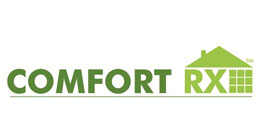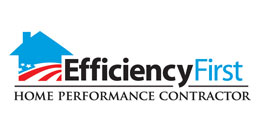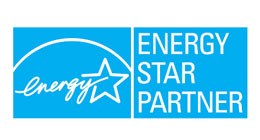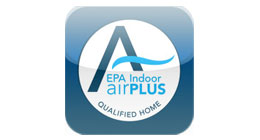Healthy Homes

Ventilation as a Prophylaxis for Allergens, Mold & COVID-19
Here in the high alpine, residents and visitors of our mountain communities enjoy outdoor activities and the freshest air available, adjacent to our national forests (albeit thin and sometimes smoky!). But the truth is, we still spend a lot of our time indoors at home, especially during our long winter seasons, mostly with the windows closed, and more so since the Covid-19 pandemic.
Per the EPA, indoor air is often 9x more polluted than outdoor air. There are myriad pollutants found indoors, including concentrations of Carbon Monoxide, Carbon Dioxide, Radon, and Formaldehyde. Finishes, textiles, and plastics are “off-gassing” Volatile Organic Chemicals (VOCs) and Synthetic Chemicals. Sewers and septic systems are burping Hydrogen Sulfide. There is also PM. PM stands for particulate matter (also called particle pollution): the term for a mixture of solid particles and liquid droplets found in the air. And while particulate matter smaller than 10 microns (PM10) such as molds, pollen and dust can be a health irritant, smaller particles such as those from combustion, organic compounds, metals, bacteria and viruses, which are 2.5 microns and less (PM2.5) are widely considered hazardous to your health, because they can pass through your lung tissue and into your bloodstream. The SARS-Cov2 virus is around 0.1 microns. PM2.5 and smaller particles are carried by aerosols, or liquid droplets in the air. Does this sound familiar? There is much debate about the size of water droplets in the air, what they may carry with them and how they behave indoors, but there is zero debate about minimum levels of air exchange for indoor spaces. This information has been codified for many years, originating in 1989 with ASHRAE 62.2.
While filtration and other methods of air purification such as ozone, ultraviolet, and ionic, etc. may be effective at cleaning indoor air, no technology is as effective as dilution of indoor air by measured, continuous, and filtered outdoor air exchange. Along with source control of pollutants, a fresh-air-system is necessary for a healthy home. It wasn’t until recently that residential building codes mandated “continuous mechanical ventilation” at prescribed levels. As of 2009, continuous mechanical ventilation is required by the widely adopted International Residential Code (IRC) and the International Energy Conservation Code. Most mountain communities adopted the 2012 version in 2014.
But, even in nearly all new mountain homes today, built tighter to save energy, improve durability, and enhance comfort, fresh air is only passively added, by an open window or door, and stale air is exhausted at the discretion of the occupant, by a bath vent or kitchen hood. This is not nearly enough fresh air, and meanwhile, Heating, Ventilation, and Air Conditioning (HVAC) systems for homes are wildly misunderstood by the general public. Slightly older mountain homes, such as those built before 2014, have almost zero fresh air exchange. Radiant heating systems, top-of-the-line in providing temperature comfort in fall, winter and spring, provide no opportunity for ventilation. Forced-air systems include no allowances for air-exchange to outdoors (unless specifically requested), and only provide the recirculation of conditioned air indoors, possibly increasing the potential for infection. Tight construction offers the control of comfort, efficiency, and durability, but without offering filtered, distributed, and measured ventilation air to the indoor environment, these homes are not at all healthy, and especially in the high alpine.
As we mountain residents all consider the prospect of spending even more time at home this coming fall, winter, and spring, and our homes increase in both emotional and financial value, while also becoming our offices and schoolhouses, too, we should all consider making our residences as healthy as they can be by adding fresh-air-systems installed by an expert. Residential Balanced Ventilation systems provide a continuous supply of fresh, filtered outside air. These energy-efficient units remove airborne pollutants and reduce humidity by exhausting stale indoor air to the exterior, enhancing air quality and comfort for a healthier home. These ventilation systems are not only a prophylaxis for Covid-19, but also a buffer against other ailments such as cold & flu, and even more dangerous ailments, such as cancer.
Thanks for reading. I wish you all a happy and heathy home environment!
David R. Koons
Building Analyst Professional
Comfort by Kodiak









